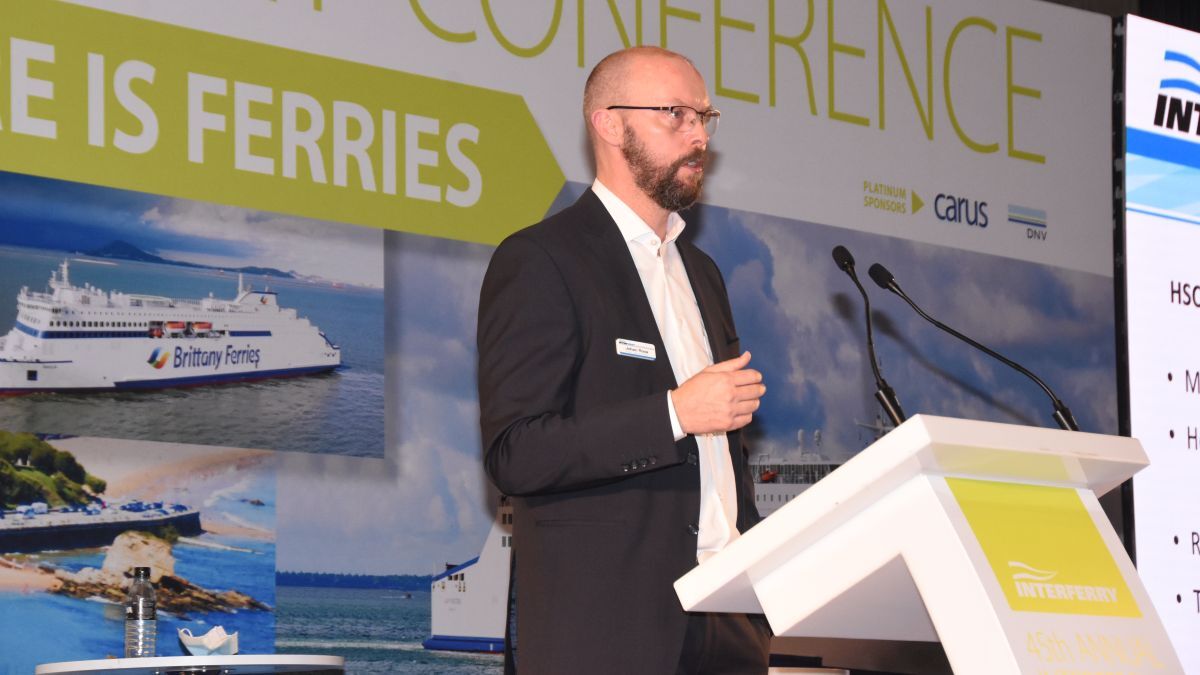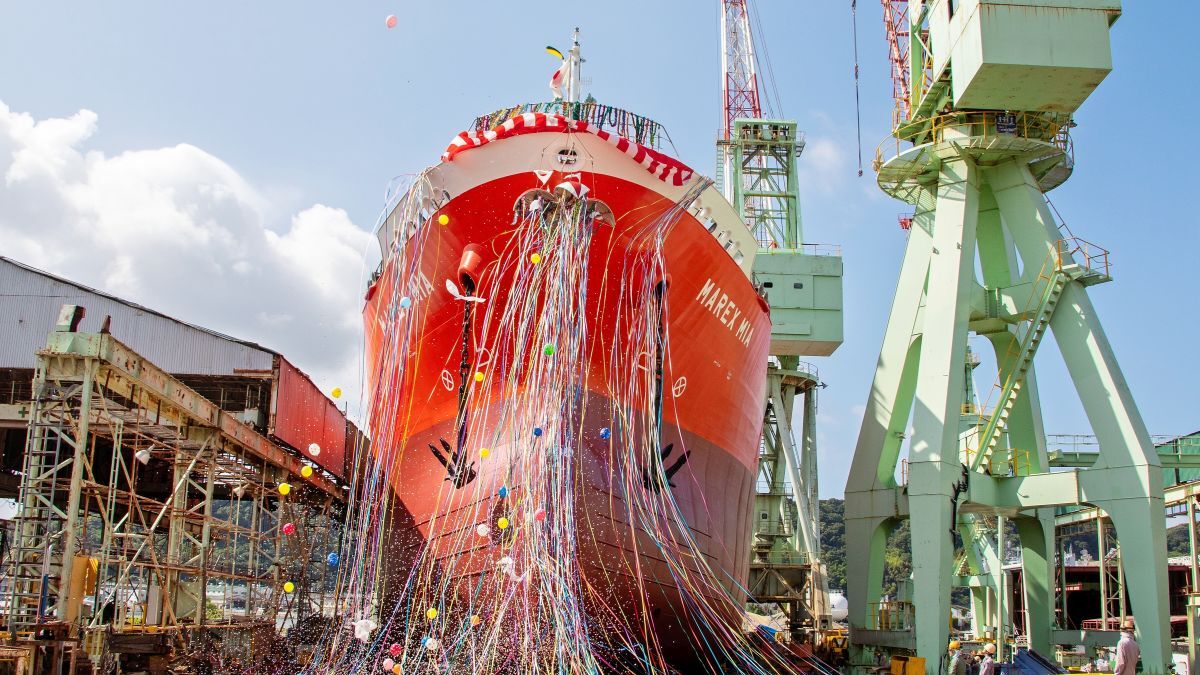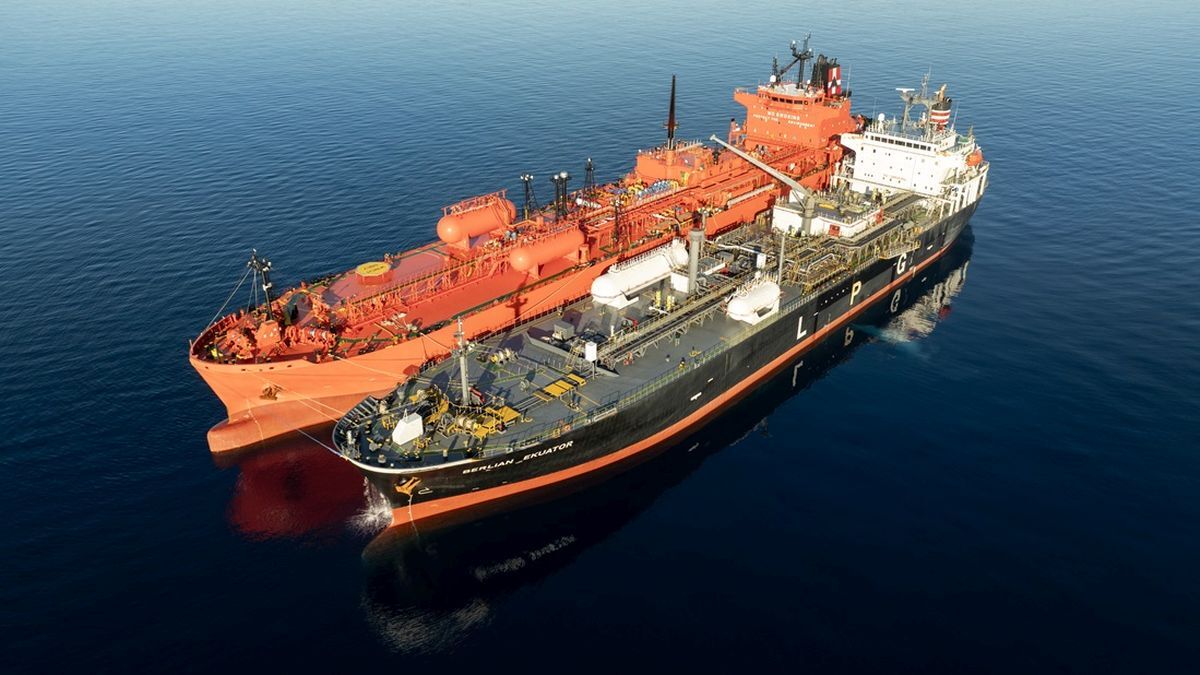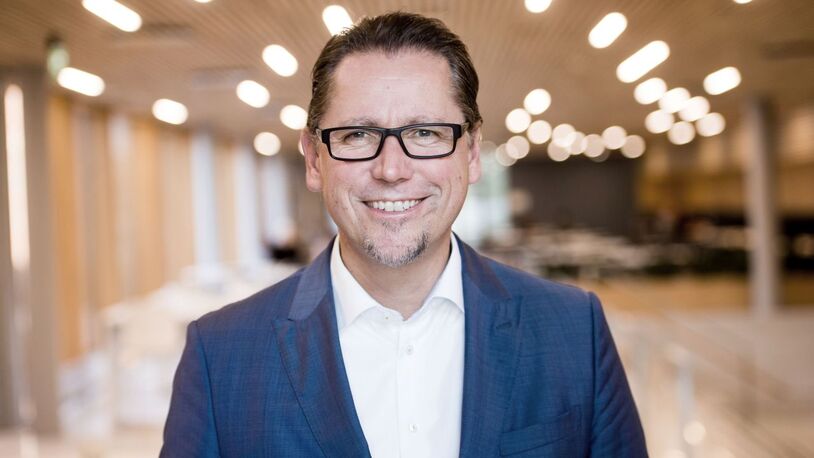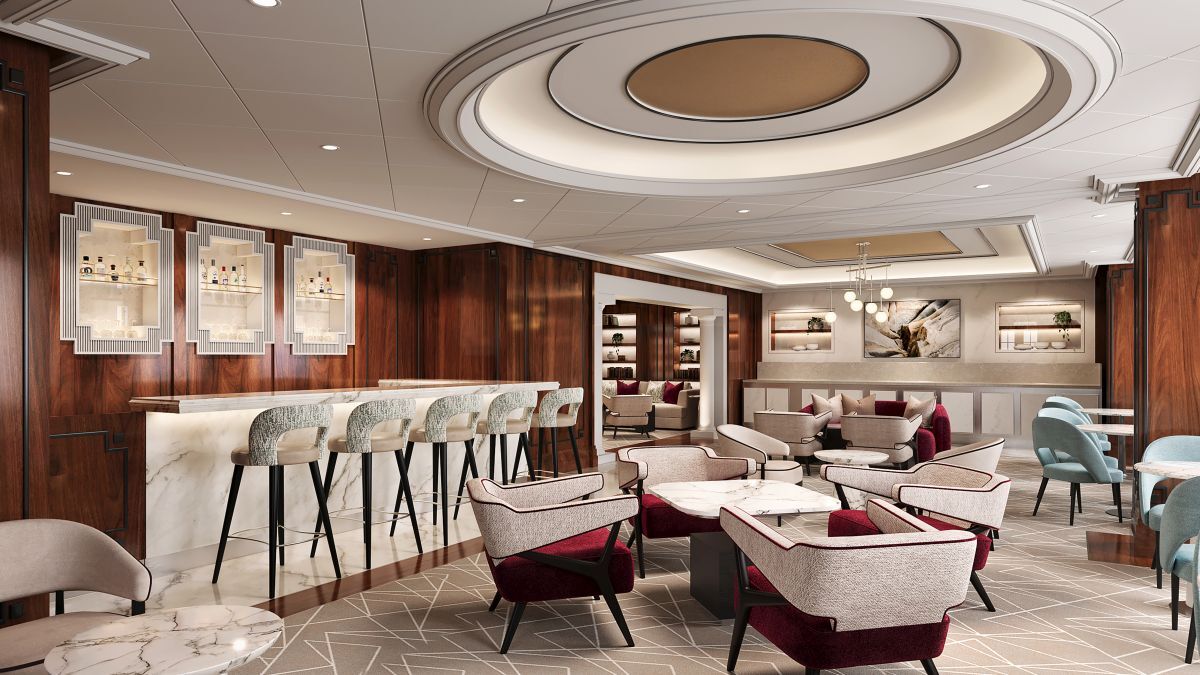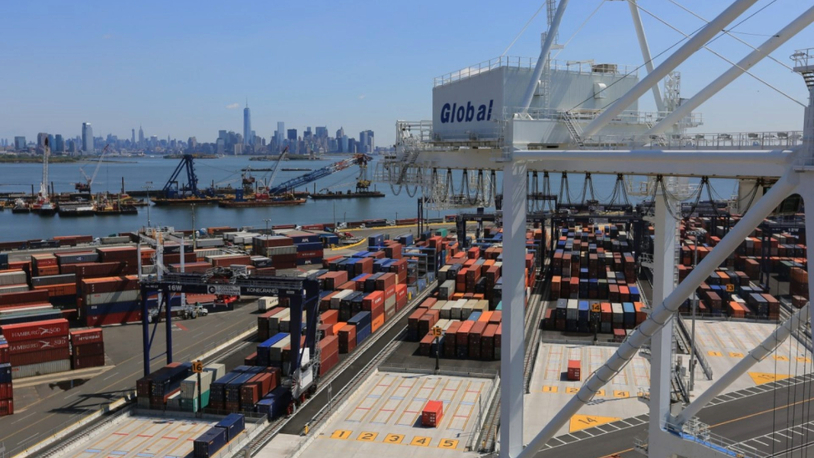Business Sectors
Events
Contents
Register to read more articles.
Interferry raises 'very big stop sign' at possible double taxation
Interferry is campaigning for the EU to harmonise its greenhouse gas emissions regulations with those of IMO
The financial implications of environmental regulations were among the most topical issues discussed on the first day of global ferry trade group Interferry’s annual conference, taking place in Sorrento, Italy.
Interferry director of regulatory affairs Johan Roos gave an update which highlighted what he called major issues that the association has been campaigning on. Singling out an issue on which he felt Interferry’s intervention, coupled with broader industry concern, had found success, Mr Roos pointed to International Maritime Organization’s (IMO) carbon intensity indicator (CII). Action on what the industry saw as shortfalls in the policy led to the postponement of the regulation from 2026 to at least 2030.
Mr Roos said, “We have been very vocally against it. Luckily, we made a big contribution to putting it on the backburner and we don’t expect it to come back until 2030 at the earliest and when it does, I don’t expect it to be very negative, so that is good.”
He also homed in on IMO’s Net Zero Framework (NZF), which measures the carbon content in energy used, and money is paid per tonne of CO2 used to incentivise operators and generate revenue.
“It’s going to be tough – doable but tough,” Mr Roos commented.
The major potential complication with NZF, in the eyes of Interferry and the ferry industry, according to Mr Roos, is that it is one of two parallel instruments attempting to do the same thing, leading to the possibility of double taxation. These parallel instruments are IMO’s rules on fuel intensity and greenhouse gas emissions and the EU’s policies on emissions and fuels, the EU ETS and FuelEU Maritime.
Mr Roos said Interferry is campaigning for the EU to harmonise its GHG regulations with those of the IMO to avoid the potential for the sector and the wider shipping industry to incur double taxation as well as other financial and operational challenges.
Mr Roos told delegates, “If we retain EU schemes and add the IMO [schemes] it will double the energy cost in 2028 and in 2035, it will double again compared to 2038, meaning it will be four times what we pay today. That is why at Interferry we have raised a very big stop sign. We are happy to pay into a system to incentivise the lowering of carbon content, but we will not pay twice.”
Should there be an affirmative vote for IMO’s measures at the next extraordinary meeting of the IMO’s Maritime Environment Protection Committee meeting in October 2025, Mr Roos said Interferry will prepare a “very strong” statement.
“We will be knocking on doors in Brussels, reminding them of their obligation: Europe always said it is putting in place regulation as a place holder for global regulations, and then when these come in, it will back off,” warned Mr Roos.
Sign up for Riviera’s series of technical and operational webinars and conferences:
-
Register to attend by visiting our events page.
-
Watch recordings from all of our webinars in the webinar library.
Related to this Story
Events
Offshore Support Journal Conference, Americas 2025
LNG Shipping & Terminals Conference 2025
Vessel Optimisation Webinar Week
© 2024 Riviera Maritime Media Ltd.


